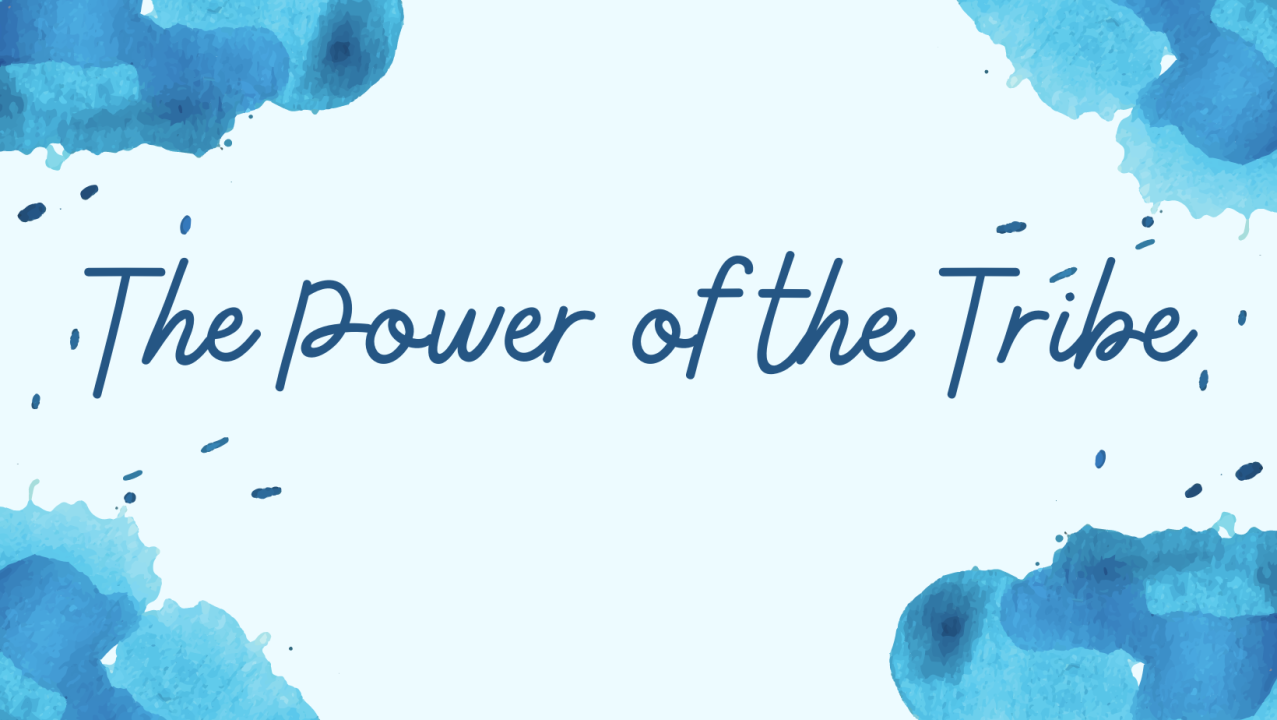Music's Sound Perimeter: Building Bridges Through Shared Rhythms

Table of Contents
The Universal Language of Rhythm
Rhythm is arguably the most primal element of music, an innate human response deeply embedded in our biology. Across cultures, from the intricate polyrhythms of African drumming to the hypnotic beats of Indian tabla and the vibrant percussion of Latin music, rhythmic patterns form a fundamental connection. This isn't just a matter of cultural appreciation; scientific research reveals the profound neurological effects of rhythm on the brain, stimulating areas associated with pleasure, reward, and social bonding.
- Examples of rhythmic patterns in diverse musical traditions: The complex interplay of drums in West African music, the precise and mesmerizing patterns of the Indian tabla, the driving rhythms of Samba and Salsa – all speak to a universal human fascination with rhythmic structure.
- Neuroscientific evidence: Studies show that synchronized rhythmic movement, such as dancing or playing music together, strengthens neural pathways associated with empathy and cooperation, leading to increased feelings of connection and social cohesion.
- Rhythmic synchronization and group cohesion: The act of collectively creating or experiencing rhythm strengthens social bonds. This is evident in group musical performances, where the shared rhythmic experience fosters a sense of unity and shared purpose.
Music as a Catalyst for Cultural Exchange
Musical collaborations and fusion genres serve as powerful bridges across cultural divides. The blending of musical traditions not only creates innovative and exciting new sounds but also facilitates intercultural dialogue and understanding.
- Successful cross-cultural collaborations: Artists like Angelique Kidjo (Beninese) collaborating with Western musicians, or the fusion of flamenco with jazz, illustrate the beautiful and insightful outcomes of such musical unions. These collaborations aren't just about creating music; they're about sharing perspectives and building relationships.
- Role of music festivals and events: Global music festivals like Glastonbury (UK) or WOMAD (World of Music, Arts and Dance) bring together musicians and audiences from around the world, fostering cross-cultural exchange and appreciation.
- Impact of music sharing platforms: Digital platforms like Spotify and YouTube have democratized access to music from all corners of the globe, making it easier than ever to explore diverse musical traditions and connect with artists from different cultures. This readily available access broadens music's sound perimeter exponentially.
Overcoming Barriers Through Shared Musical Experiences
Music's power extends beyond entertainment; it serves as a potent tool for communication and understanding, particularly in challenging contexts.
- Music therapy and bridging communication gaps: Music therapy utilizes rhythm and melody to connect with individuals facing communication difficulties due to disabilities or disorders, fostering emotional expression and improved well-being.
- Music in conflict resolution and peacebuilding: Music has been used in conflict resolution initiatives to build bridges between warring factions and promote dialogue. Shared musical experiences can foster a sense of common humanity, helping to break down barriers of mistrust and hostility.
- Community music projects and social inclusion: Community-based music programs provide opportunities for individuals from different backgrounds to connect through shared musical experiences, fostering social inclusion and building bridges between diverse groups.
The Future of Music's Sound Perimeter
In an increasingly interconnected world, music's role in fostering global understanding is only set to grow.
- Technological impact on collaboration and distribution: Technology continues to revolutionize musical collaboration, enabling artists to work together across geographical boundaries and share their music with global audiences.
- Rise of global music genres: The emergence of global music genres, which blend elements from various cultural traditions, reflects the increasing interconnectedness of the world and the potential for music to transcend boundaries.
- Predictions for the future: We can expect to see even more innovative forms of musical collaboration, the rise of new global music genres, and an increasing recognition of music's vital role in building bridges and fostering understanding across cultures. The sound perimeter will expand, connecting more and more people through shared rhythms.
Conclusion
Music's power to transcend boundaries is undeniable. The "sound perimeter," that invisible field of shared rhythmic experience, unites us in ways that language often cannot. Through the universal language of rhythm, cross-cultural collaborations, and diverse applications, music continually proves its ability to build bridges, foster empathy, and promote understanding. Let's continue to expand music's sound perimeter by engaging with diverse musical genres, participating in community music events, and recognizing music's transformative power in our own lives. Share your thoughts on how music unites us in the comments below – let's build this sound perimeter together!

Featured Posts
-
 Self Guided Walking Holiday In Provence Mountains To Mediterranean Coast
May 21, 2025
Self Guided Walking Holiday In Provence Mountains To Mediterranean Coast
May 21, 2025 -
 Viral Video Cubs Fans Recreate Lady And The Tramp Scene With Hot Dog
May 21, 2025
Viral Video Cubs Fans Recreate Lady And The Tramp Scene With Hot Dog
May 21, 2025 -
 The Goldbergs Character Guide And Relationships
May 21, 2025
The Goldbergs Character Guide And Relationships
May 21, 2025 -
 Is An Arsenal Legend The Next Manchester City Manager A Report Emerges
May 21, 2025
Is An Arsenal Legend The Next Manchester City Manager A Report Emerges
May 21, 2025 -
 World Trading Tournament Wtt Key Takeaways From Aimscaps Participation
May 21, 2025
World Trading Tournament Wtt Key Takeaways From Aimscaps Participation
May 21, 2025
Latest Posts
-
 Dexter Original Sin Steelbook Blu Ray Review Prepare For Dexter Resurrection
May 21, 2025
Dexter Original Sin Steelbook Blu Ray Review Prepare For Dexter Resurrection
May 21, 2025 -
 Dexter New Blood Blu Ray Steelbook A Collectors Must Have
May 21, 2025
Dexter New Blood Blu Ray Steelbook A Collectors Must Have
May 21, 2025 -
 Dexter Resurrections Villain A Deeper Look At Villains Name
May 21, 2025
Dexter Resurrections Villain A Deeper Look At Villains Name
May 21, 2025 -
 New Dexter Resurrection Villain Wins Over Fans
May 21, 2025
New Dexter Resurrection Villain Wins Over Fans
May 21, 2025 -
 Dexter Resurrection Introduces A Popular New Villain
May 21, 2025
Dexter Resurrection Introduces A Popular New Villain
May 21, 2025
